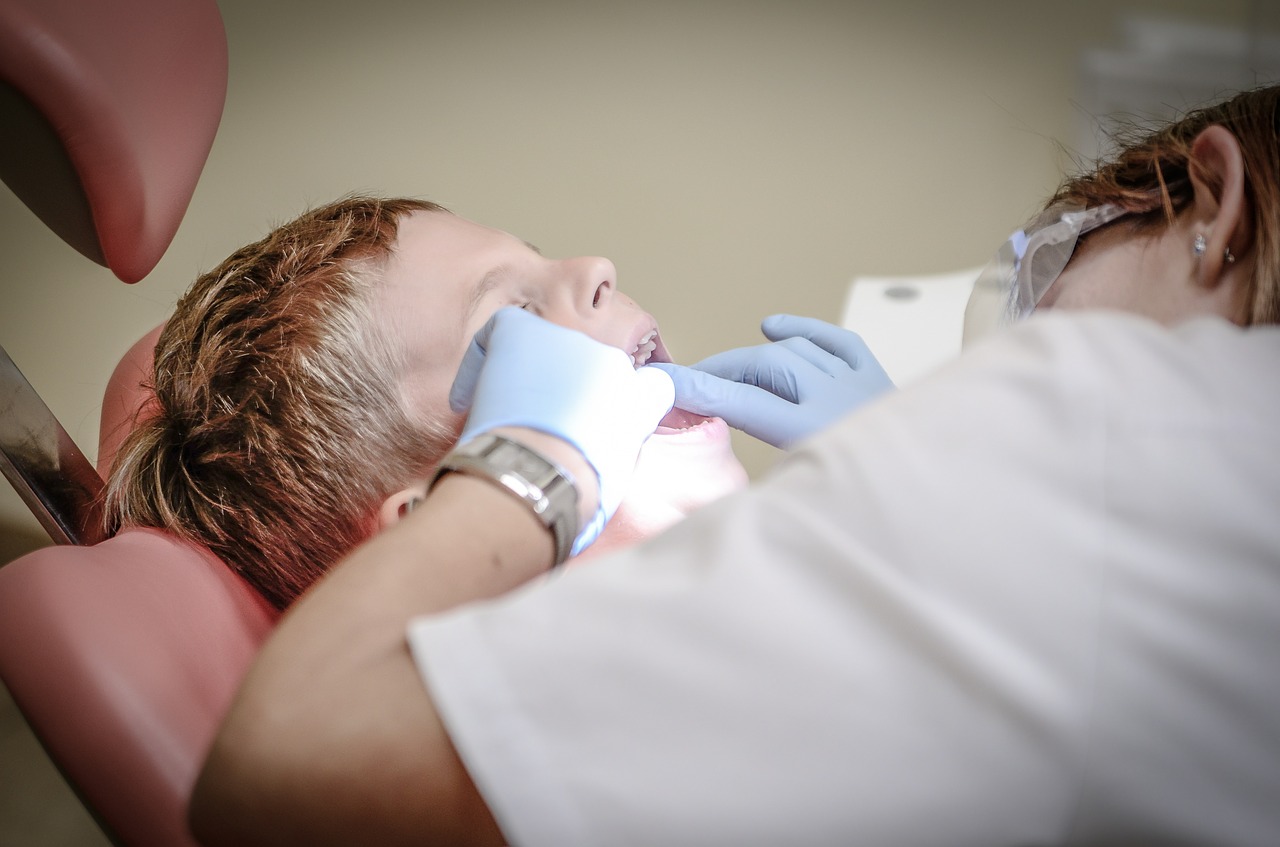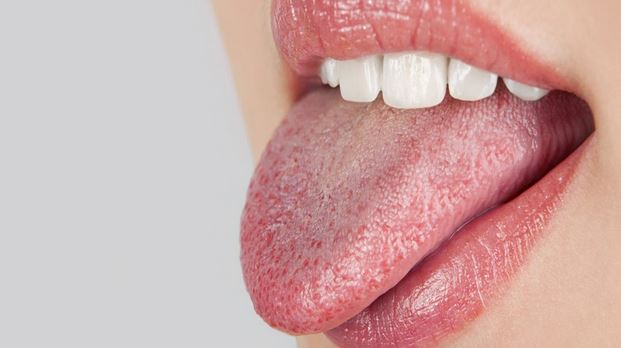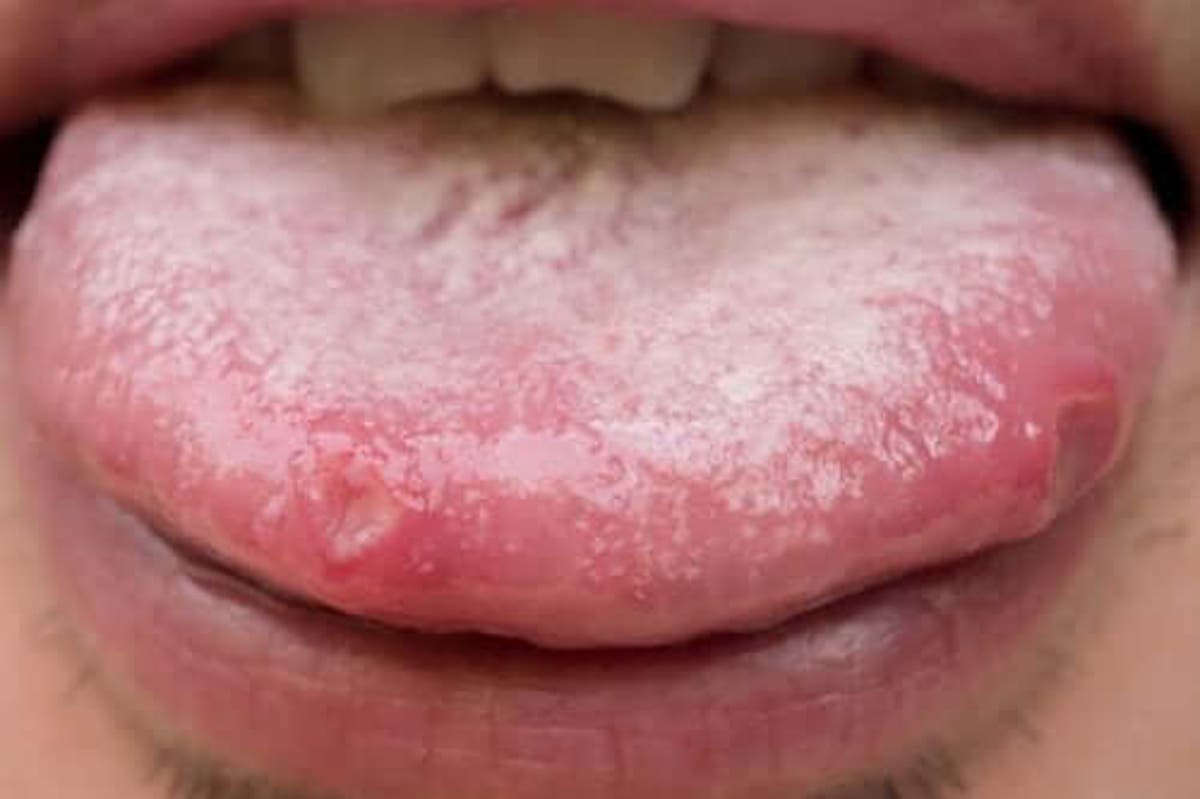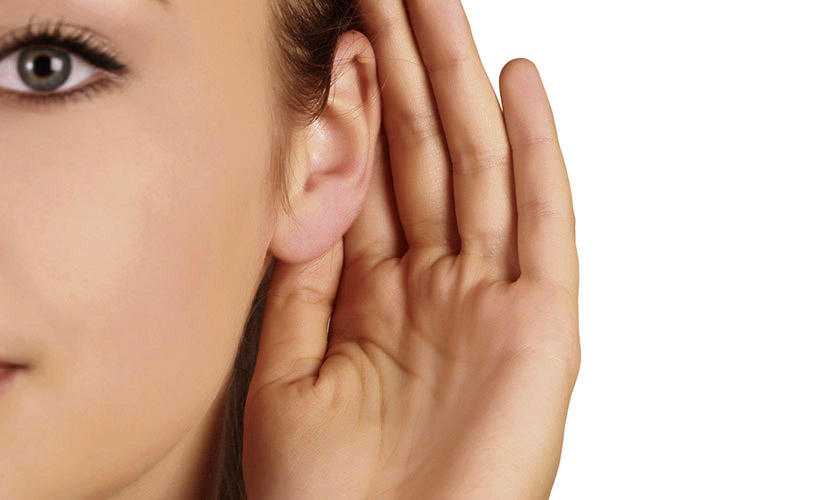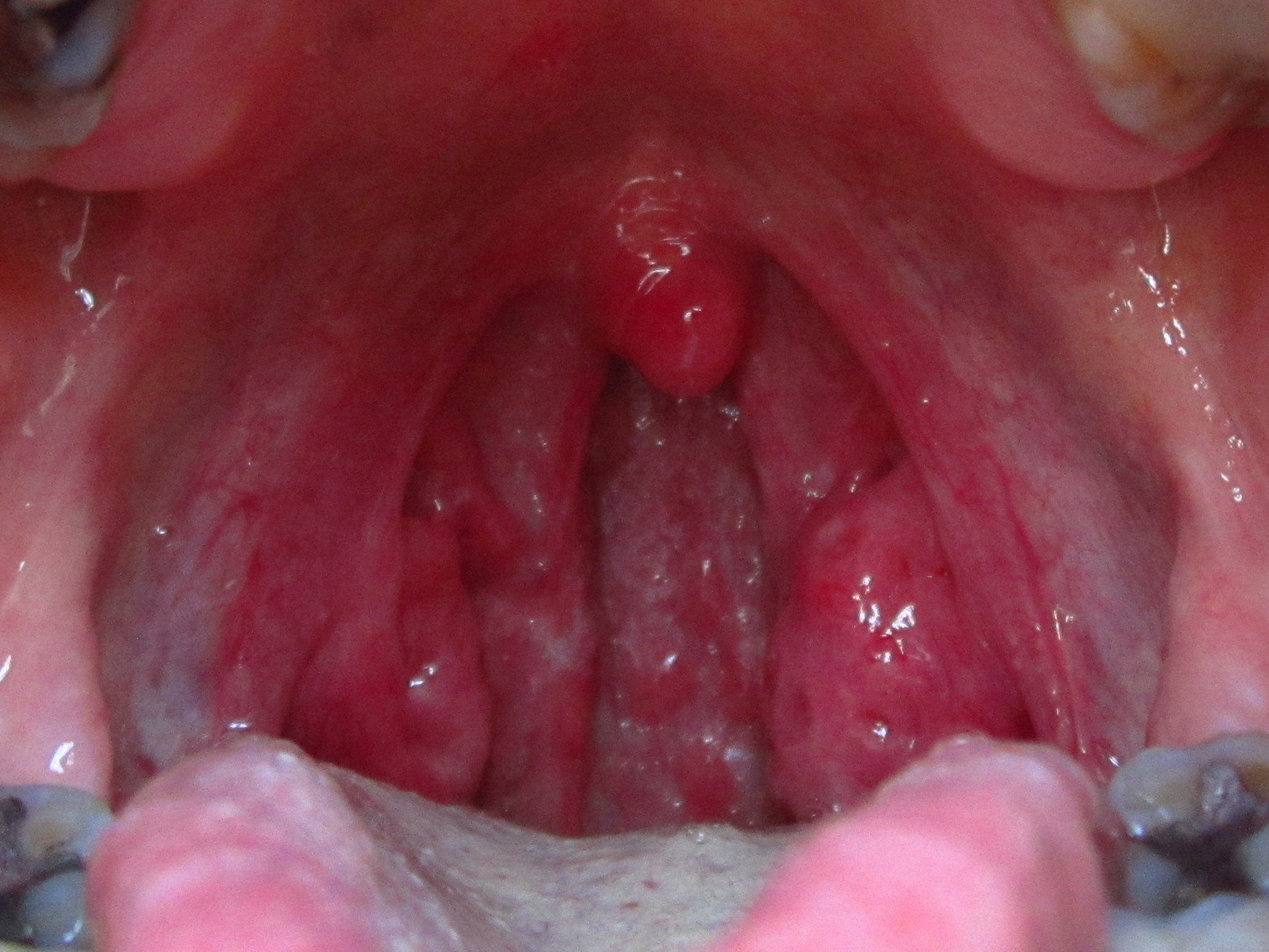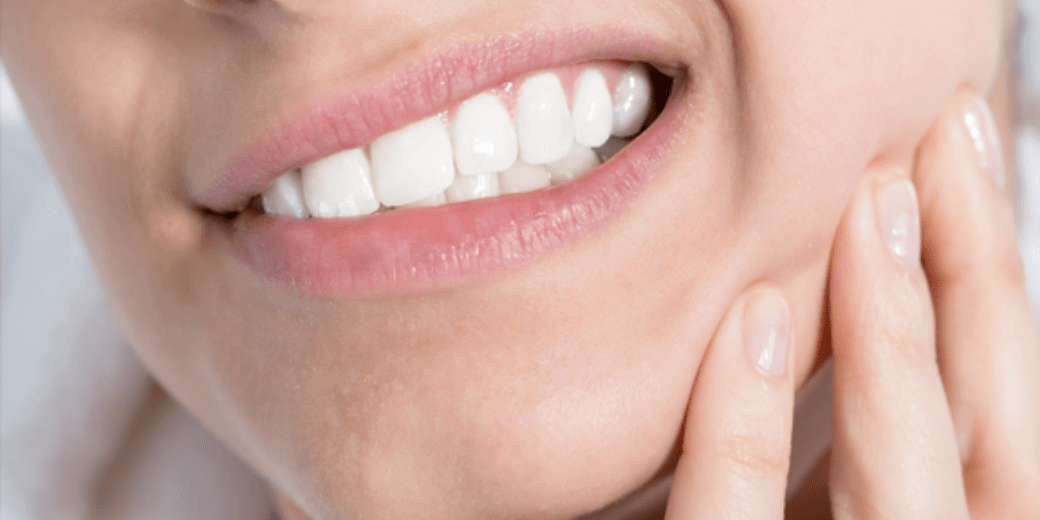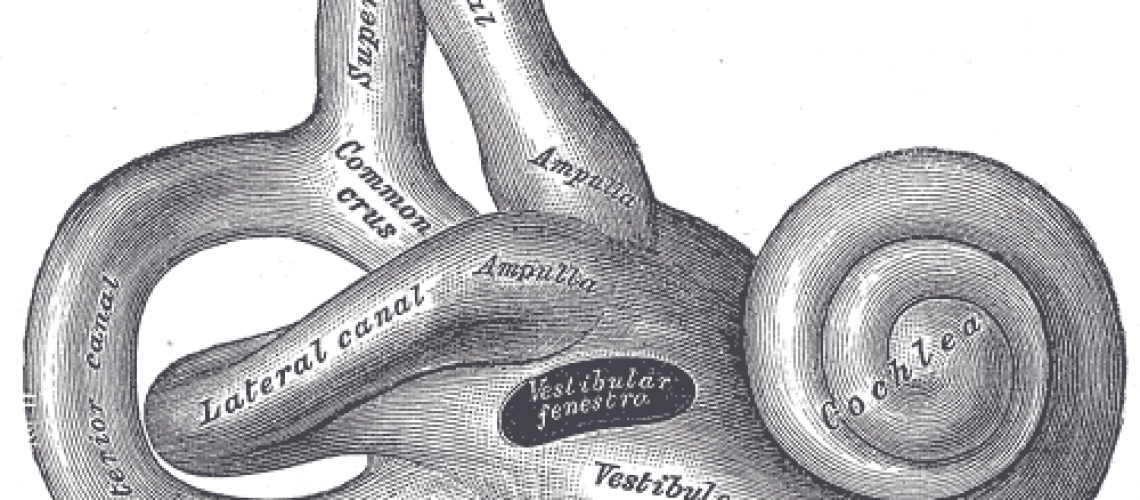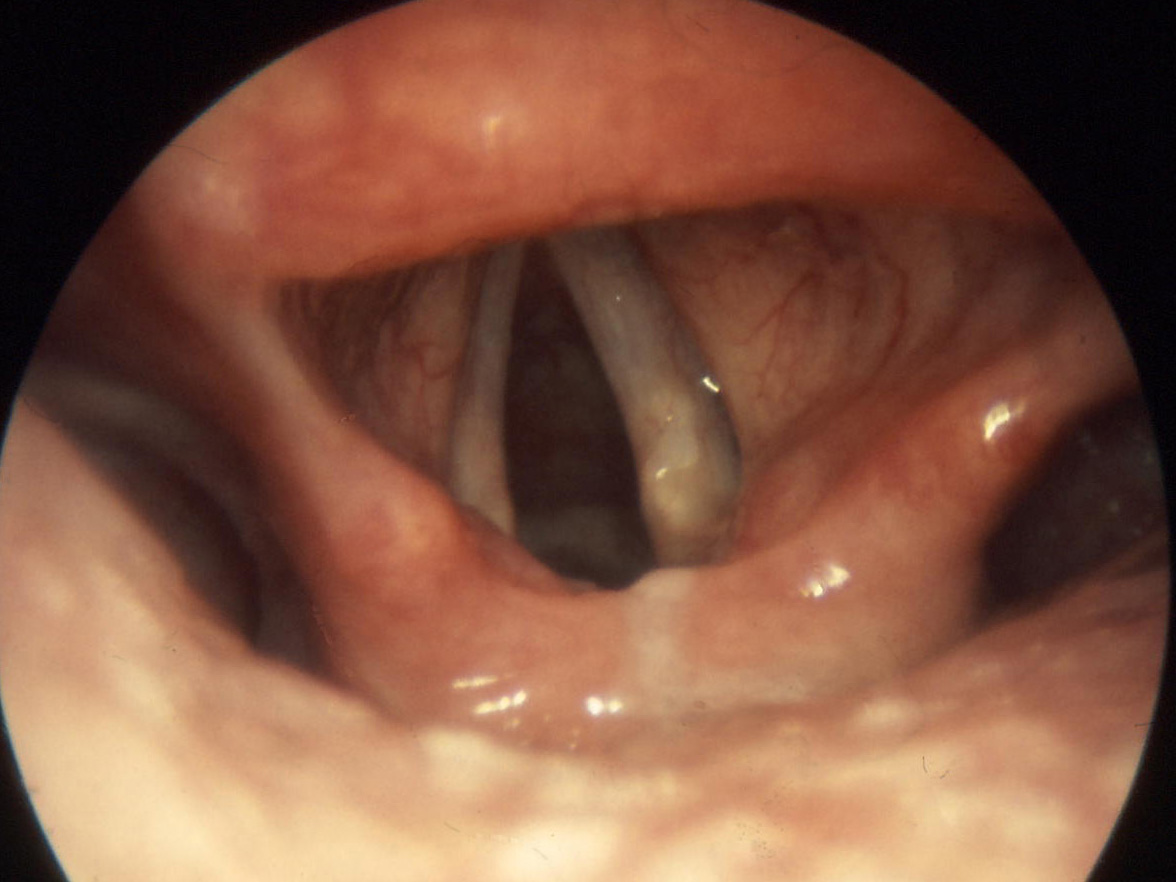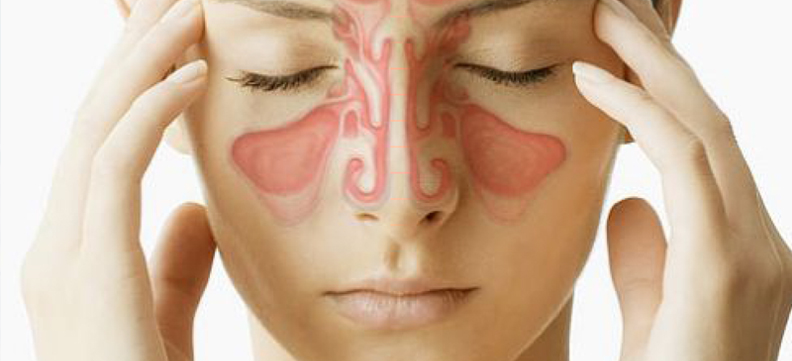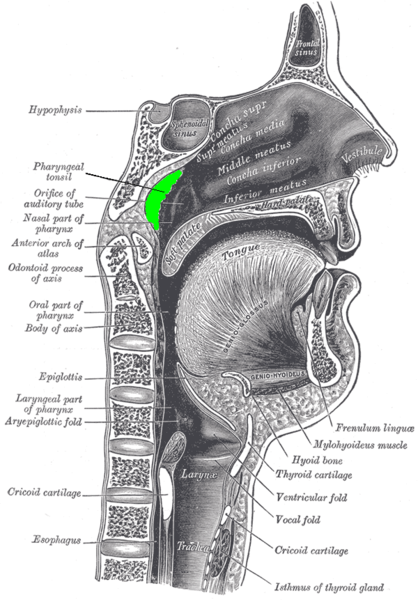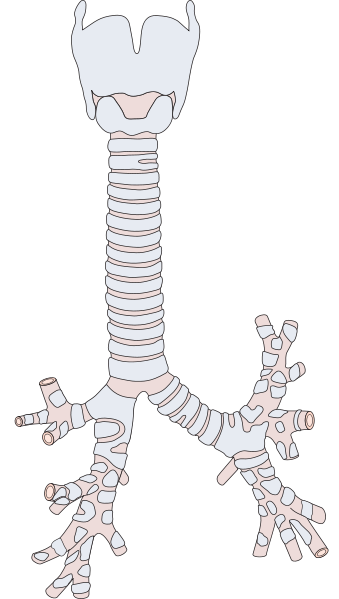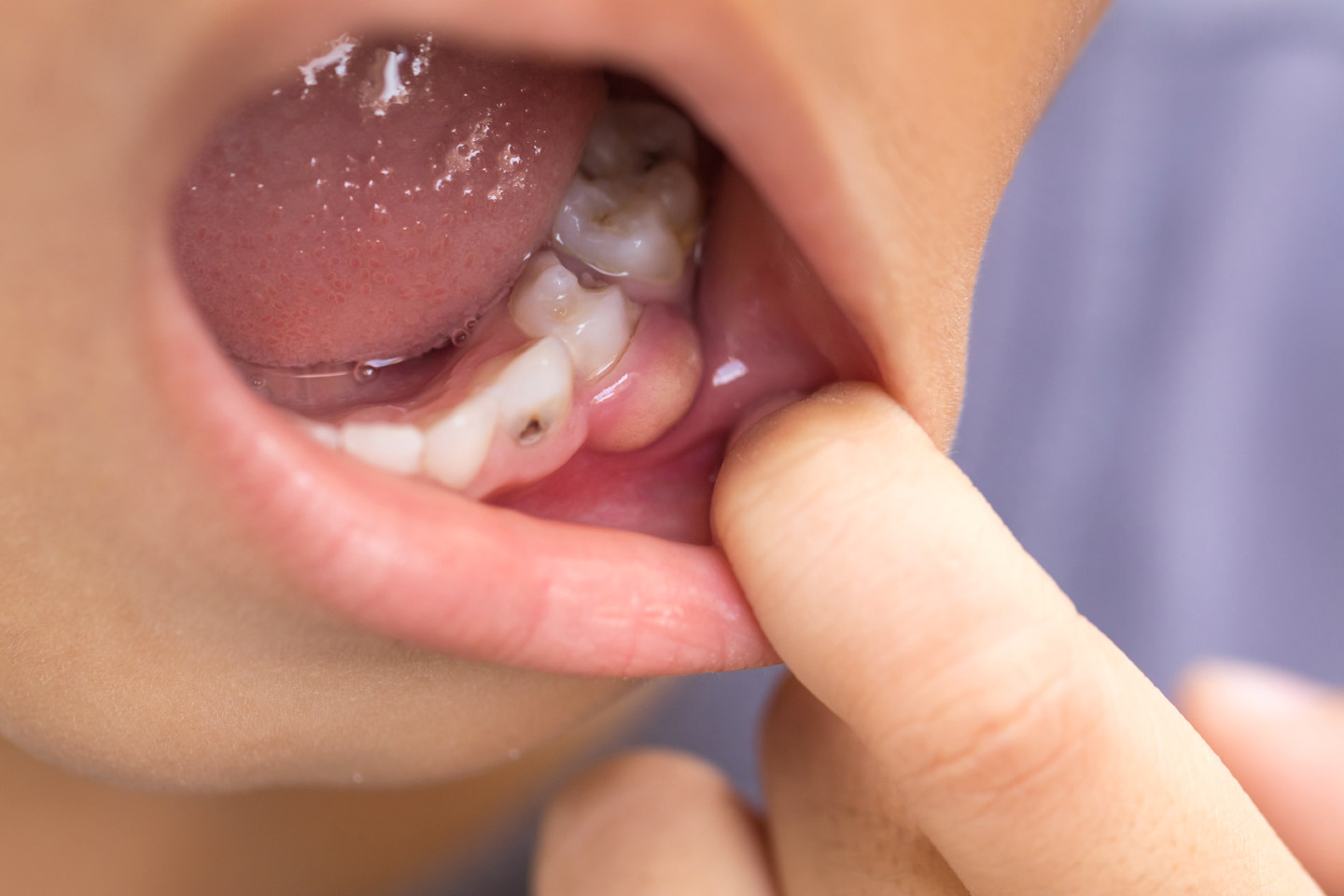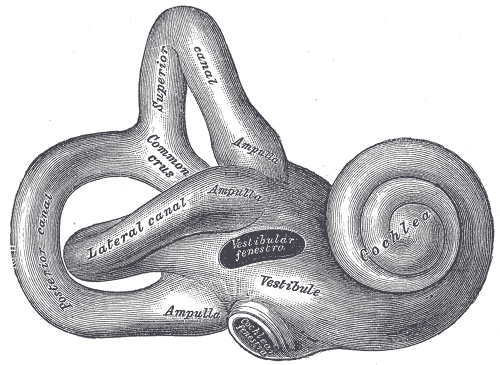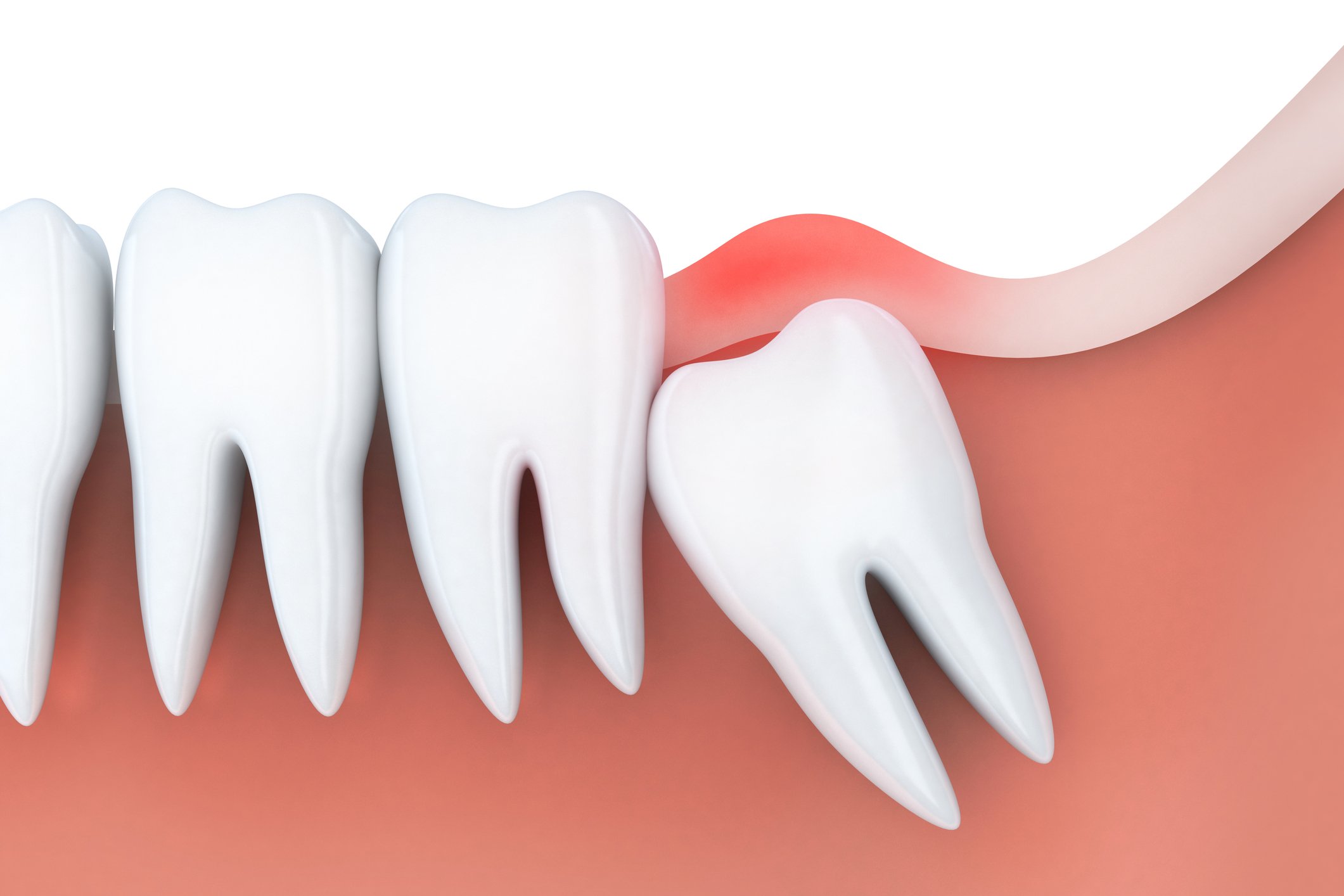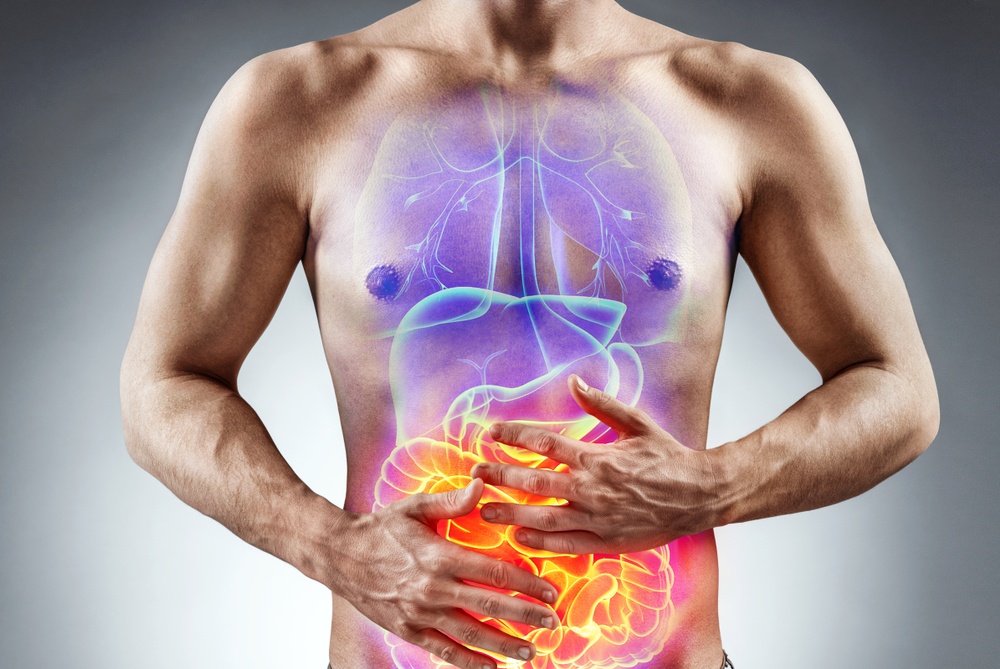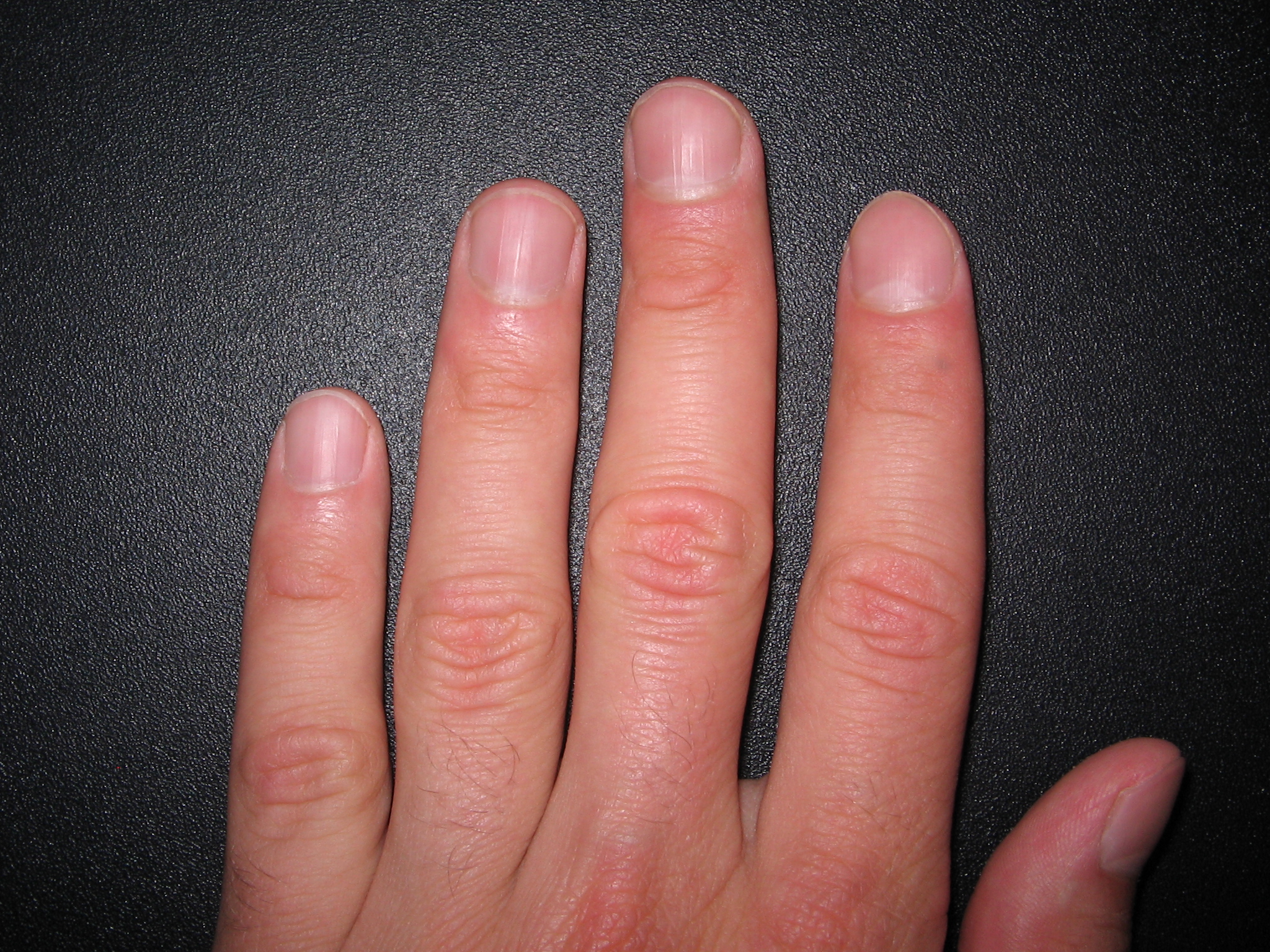Labyrinthitis refers to an inflammation of the inner ear structure called the labyrinth.
Sometimes the term labyrinthitis refers to other inner ear problems that are not referable to inflammation but produce similar symptoms.
As the name suggests, the labyrinth consists of a series of interconnected cavities, dug into the temporal bone, within which is immersed a collection of epithelial, connective and nerve formations that form numerous vesicles communicating with each other. The bony part contains a fluid called perilymph, while the membranous part contains another fluid called endolymph.
The labyrinth consists of an anterior part called the cochlea and a posterior part called the vestibule.
The cochlea sends information to the brain about sounds, the vestibule about the position and movement of the head. Any disturbance of the vestibule can result in sending incorrect information to the brain.
The eyes also send positioning information to the brain: when information from the maze and information from the eyes do not match, the brain has trouble interpreting what is happening and characteristic symptoms are produced.



